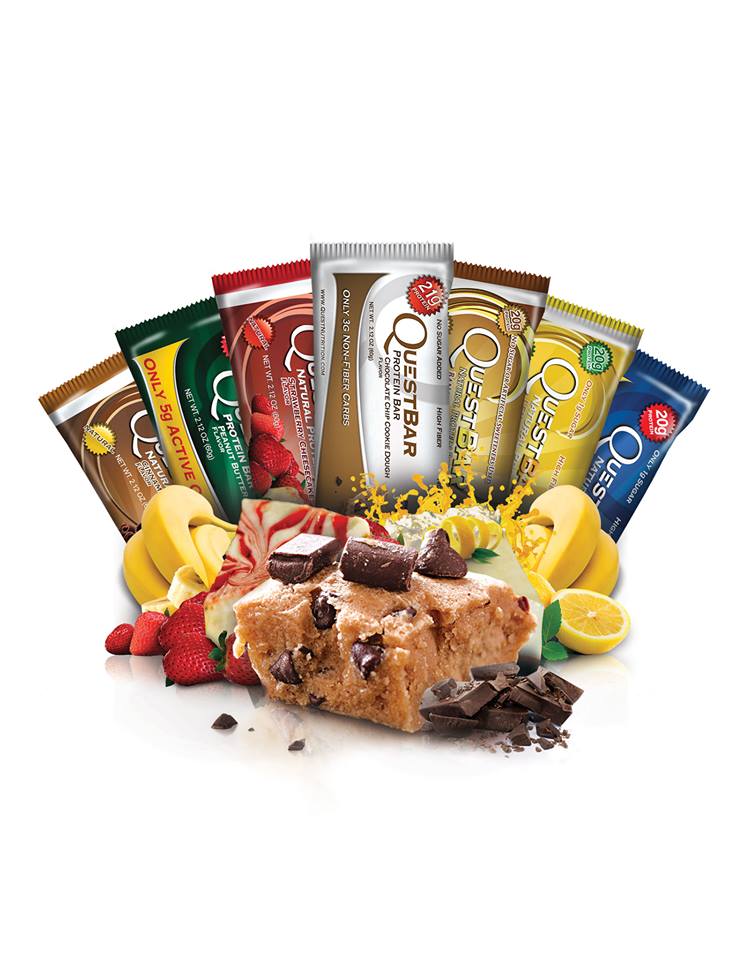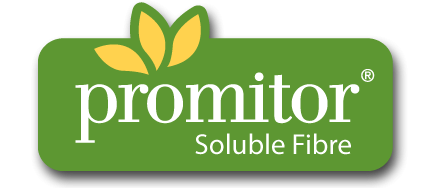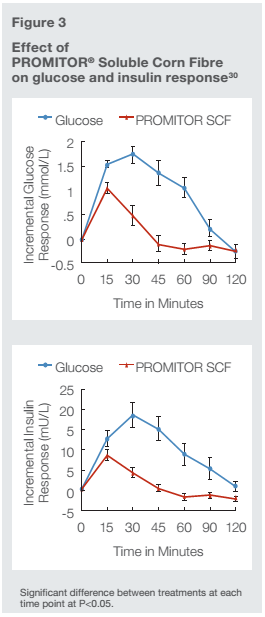Protein bars are one of the top selling dietary supplements for a reason. They’re tasty, convenient, and packed with protein, a perfect option when you’re on the go and need a little something to tide you over before your next big meal.

Quest recently announced they are switching to soluble corn fiber from IMOs in their famous protein bar to "improve taste, texture, and shelf life", but it was likely really about no longer having a false label, given that the previous ingredient labeled as a fiber, IMO, is not a fiber.
For the past five years or so, Quest Nutrition has literally owned the scene with their Quest Bars. When they were introduced, they were a revelation to past consumers who were used to either awful-taste or protein-fortified candy bars. There was nothing in between, and Quest Bars were marketed as having a great deal of "fiber"... although it turns out, Isomaltooligosacharide is NOT a fiber!
Recently though, Quest has seen some serious competition from newcomers such as Oh Yeah! ONE Bars for the top spot among bar aficionados and naturalists, respectively. Meanwhile, heavy-hitting Cellucor / Nutrabolt is in the game with their FitJoy Bars.
Point being, everyone's on the attack -- and the biggest knock against Quest Bars of recent is that they have a subpar texture compared to these newer options. And the fact that they were labeling a substance as a fiber when it was not behaving nor functioning as a fiber - and the FDA later agreed with that sentiment. Meanwhile, Quest seemed to have gotten worse while everyone else was getting better.
That may all change moving forward, though, since Quest just announced they are switching to soluble corn fiber in their bars instead of the popular-yet-not-a-fiber isomalto-oligosaccharides (IMO syrup).[1]
Before we get into the details about what soluble corn fiber is and its advantages, take a second to sign up for PricePlow alerts and check the best deal:
Quest Nutrition Quest Bars – Deals and Price Drop Alerts
Get Price Alerts
No spam, no scams.
Disclosure: PricePlow relies on pricing from stores with which we have a business relationship. We work hard to keep pricing current, but you may find a better offer.
Posts are sponsored in part by the retailers and/or brands listed on this page.
What is Soluble Corn Fiber?

PROMITOR is the trademarked form of soluble corn fiber produced by Tate & Lyle that's used in most prepacked foods you consume.
Soluble corn fiber (SCF) is created from the enzymatic hydrolysis of cornstarch. As is the case with most fibers found in whole foods, it’s poorly digested in the small intestine but partially fermented by gut bacteria in the large intestine. Additionally, it exhibits similar physiological benefits of dietary fiber which include: low viscosity, high water solubility, and a stable pH.[2]
Soluble corn fiber is used across the food industry in a number of processed, pre-packaged goods including cereals, cookies, condiments, meal replacement drinks, and even flavored water. While you many not see "soluble corn fiber" on the label, it can also show up as corn fiber, corn syrup, or corn syrup solids.
Benefits of Soluble Corn Fiber

One of the major advantages of using soluble corn fiber is that it has a much lower blood glucose and inulin respose in the body compared to glucose.[2]
Nutritionists, doctors, and dietitians all agree on the importance of proper fiber consumption as part of an everyday healthy diet. SCF is a unique fiber similar to IMO that possesses other unique benefits aside from keeping you regular including:
- Probiotic properties[2]
- Low blood glucose response[3]
- Improve calcium absorption, thereby supporting bone health[3]
- Reduces insulin response[4]
- Increased sensation of satiety[5]
Any Drawbacks?
We all know what happens when fiber consumption gets a little too high. Instead of keeping you regular, you’re bloated, extremely gassy, and even may be making excessive trips to the bathroom. By the way, this is a common occurrence when consuming too many sugar alcohols or IMOs.
Soluble corn fiber, however, does not seem to have that problem. In fact, studies have shown that intakes as high as 65g/day from SCF, when given in multiple doses, and is better tolerated than inulin, a naturally occurring fiber extracted from chicory root that’s frequently added to processed foods.[3]
That's nearly three Quest Bars worth!
Why the Switch to SCF?
We’ll let Quest Nutrition do the talking here. According to the announcement on their blog, the switch to SCF was made because,
"Simply put, it makes for a better bar experience. The new bars stay at peak freshness longer, they stand up to heat better, and they bake unbelievably well!"[1]
We’re all for better tasting, baking, and fresher tasting bars, so hopefully the legions of fans that Quest lost to the opposition is wooed back by this major change.
Takeaway

Don't forget to check out our article on Quest KETO Cups!
Anytime an industry leader makes a core change to their signature product, it’s bound to make headlines and grab the attention of the masses. Quest’s change to soluble corn fiber from IMOs is no exception.
Is this change big enough to woo back those who have left Quest for other suitors and do they actually have an improved taste and texture as Quest claims? That’s for the public to decide, and ultimately will show if Quest bars will remain near the top of the protein bar market.
Note that we have no clue how to find these new bars vs. the old ones. You'll need to just look at the labels at each store and ask them yourselves if shopping online. Also note that the switch to CSF may lead to some great firesales on the older IMO-based bars, so sign up for price alerts below:
Quest Nutrition Quest Bars – Deals and Price Drop Alerts
Get Price Alerts
No spam, no scams.
Disclosure: PricePlow relies on pricing from stores with which we have a business relationship. We work hard to keep pricing current, but you may find a better offer.
Posts are sponsored in part by the retailers and/or brands listed on this page.


Comments and Discussion (Powered by the PricePlow Forum)